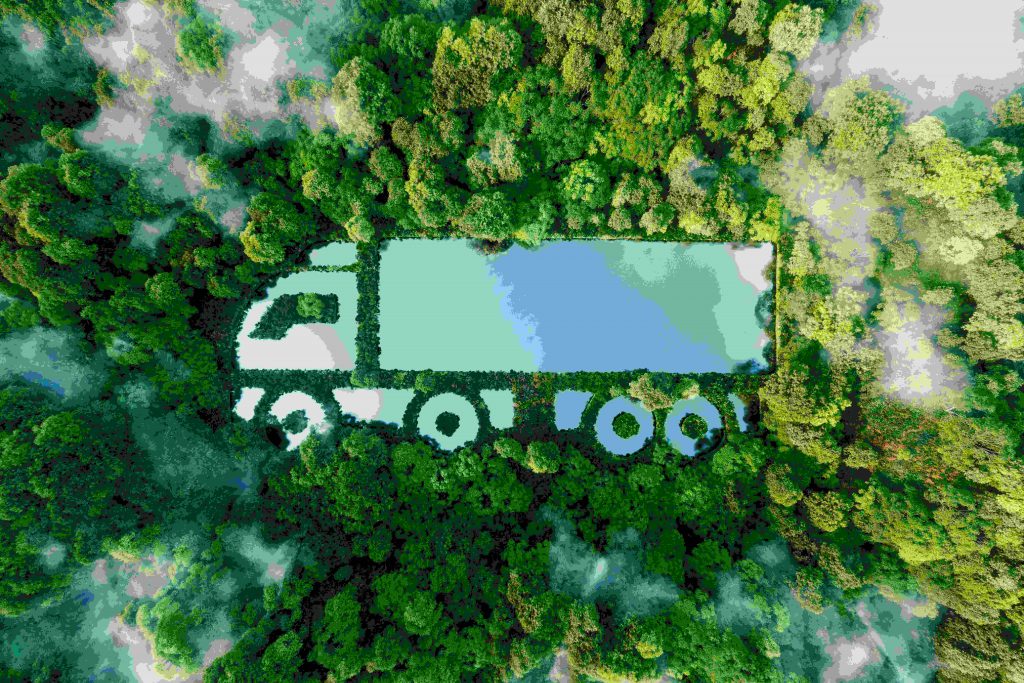

The Boxing Day sales are done, and the stream of January offer-emails are steadily starting to ease. Behind-the-scenes, the e-commerce and retail world are preparing for what’s predicted to be one of the most innovative years yet for the sector.
With the next big events in the retail calendar already drawing closer – Valentine’s Day is less than 30 days away, and Easter is only 8 weeks after that! – we take a look at the trends set to shape the next 12 months of retail.
1. Communication and personalisation
It’s not just the end-product that can be personalised. A growing number of merchants are strategically choosing to interact with their customers on a more personable basis, too. Now that most marketing channels can be reached from a consumer’s pocket, messaging is fast favouring email mediums. Consumers are more reactive to these convenient approaches to communication, meaning sales messages are received and reacted to almost instantly. In fact, Wunderkind data found that 49% of consumers believe they benefit from the immediacy of texts. With a near-half audience base – and growing – directly favouring receipt of such persuasive prompts, tailoring memorable and personable messaging is certainly a trend to catch wind of.
2. Optimising multichannel strategies
An increased number of retailers turned to multi-channel retailing during the festive period, and it’s easy to see why. Simply put, the more e-commerce websites, social media platforms, and brick-and-mortar stores you have hosting your products, the larger your audience.
Naturally, the likelihood of securing sales is increased. And, in combination with a positive and seamless consumer experience, helps to build brand loyalty. Proactively researching and placing both your products and brand in front of the right customers, at the right time, on the right platforms, will drive engagement. This fruitful exercise is definitely not one to be missed from this year’s annual strategy!
3. Heightened focus on sustainability
There’s been a real shift in consumer attitudes towards sustainability. A three-sentence long pledge at the bottom of your website just won’t cut it anymore. And rightly so.
Customers are more aware than ever of the environmental effects of their actions. They’re also becoming more aware of yours, too. Don’t just tell them about your strategy to reduce your emissions and increase your waste recycling, show them genuine action.
It’s the year of embracing integrity within retail. Demonstrate active decision-making and adapt your operations to assert sustainable practice. From changing the source of your materials to partnering with a greener transport and logistics provider, the stakes of brushing off eco-friendly commitment aren’t only high for the environment. But business viability, too.
4. Green logistics


So, it goes without saying that thanks to our technology-driven day and age, a variety of best-practice is in place to improve energy efficiencies within logistics. For instance, advanced warehouse management systems are streamlining storage solutions. Stock levels and available space are constantly monitored, with products stored to optimise capacity.
What’s more, the electric movement for delivery vehicles has really begun to shift up a gear. More advanced and more accessible, transport and logistics providers are taking advantage of the opportunity to offer a variety of delivery options that don’t compromise speed or cost. In fact, we’ve been adopting electric vehicles since 2017.
5. The rise of the micro-warehouse
In accordance with bettering the effects of our activities on the environment, storage facilities are helping to move products closer to the customer. One of the most long-serving repercussions of the pandemic is an increased need from customers for next-, or even same-, day deliveries.
Introducing the micro-warehouse: a smaller, dedicated space that helps to provide fast, in-demand last-mile deliveries that consumers have become so accustomed to. Our Manchester storage facility boasts a central motorway circuit location, primed for effective deliveries up and down the country.
6. Increased demand for logistics services
2021’s bumps in the supply chain road drove retailers to dramatically reconsider their partnerships with third and fourth party logistics services. E-commerce strategies must have adaptability and responsiveness to market changes and outside influences at the forefront to maintain business viability.
The ability to access critical and transparent supply chain data, from product construction to the location of last-mile deliveries, will be of great benefit to retailers in 2022. Aramex’s long-standing partnerships with an array of land, air, and sea transport providers helps our customers make informed and proactive decisions. Profits are optimised and delivery demands are met. Demands that are only getting more demanding!
So, what’s 2022 got in store for your business?
Personability, data, and sustainability are 3 of the key drivers shaping the landscape of retail and e-commerce in 2022. As retailers look to better understand settling customer buying cycles, there’s an optimistic feeling in a sector that’s experienced a turbulent couple of years.
Make 2022 your year. Contact us today to explore our range of transport and logistics solutions.





One reply on “6 Biggest Retail Trends of 2022”
I love working with aramex they deliver in time never dissapoint